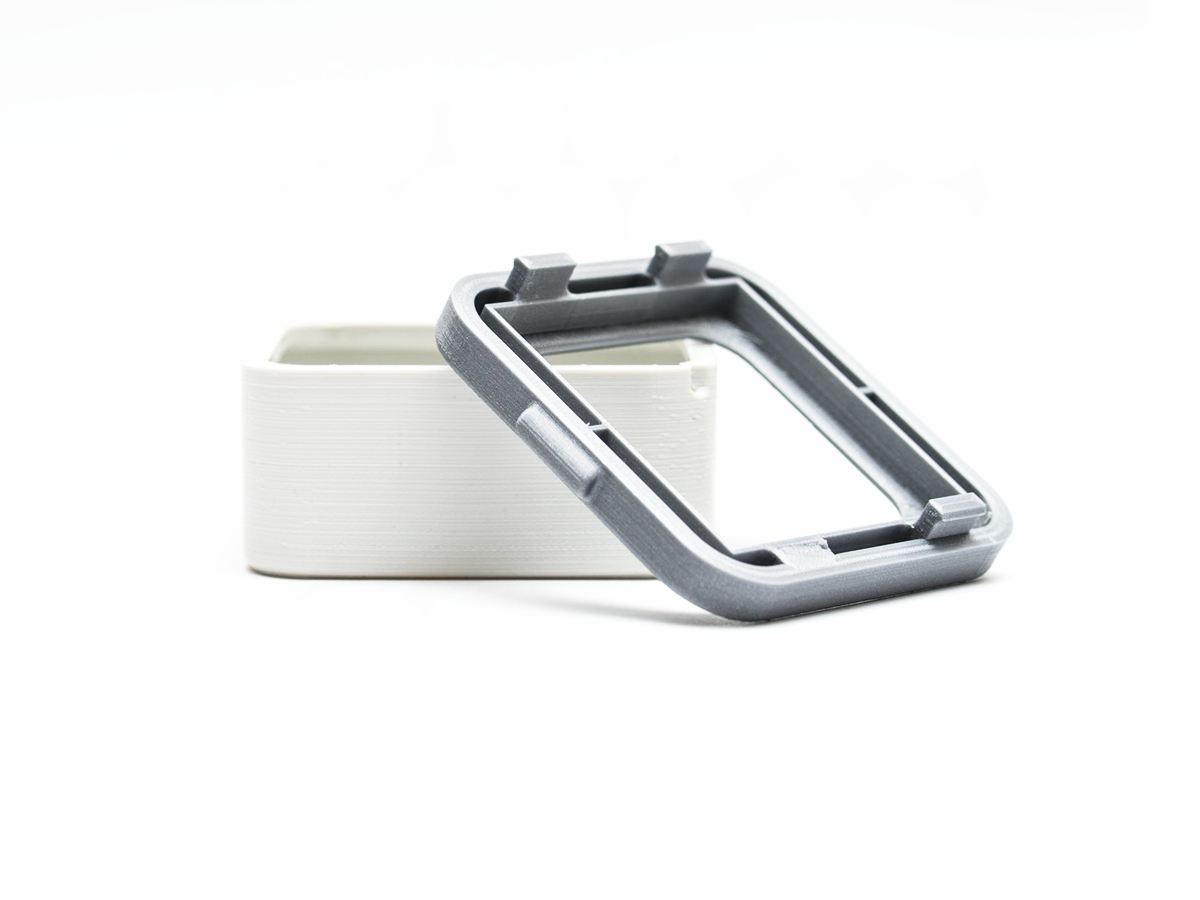Sleek And Durable Resin 3D Printed Casings Enhance Consumer Electronics Aesthetics
Introduction
Resin 3D printing is elevating the consumer electronics industry by delivering sleek, durable casings with superior surface quality and design flexibility. Utilizing advanced resin 3D printing technologies such as Stereolithography (SLA) and Digital Light Processing (DLP), premium resin materials like Standard Resin, Tough Resin, and Durable Resin allow electronics designers to create high-precision enclosures that combine aesthetic excellence with functional reliability.
Compared to traditional injection molding or machining, resin 3D printing for consumer electronics casings enables faster iteration, reduced tooling costs, intricate detailing, and premium-quality surface finishes, ideal for prototypes and low-volume production.
Applicable Material Matrix
Material | Surface Quality | Tensile Strength (MPa) | Flexibility | Impact Resistance | Electronics Casing Suitability |
|---|---|---|---|---|---|
Excellent | 50–70 | Moderate | Moderate | High-detail visual models | |
Very Good | 55–65 | High | High | Durable functional casings | |
Good | 45–55 | Very High | High | Flexible impact-resistant parts | |
Excellent | 50–65 | Moderate | Moderate | Light covers and lens components | |
Very Good | 80–100 | Low | Moderate | Heat-resistant electronic housings |
Material Selection Guide
Standard Resin: Perfect for creating sleek, highly detailed electronic casing prototypes that require visual inspection, ergonomic testing, or marketing mockups.
Tough Resin: Adds mechanical toughness, enabling functional casings to be assembled, handled, and subjected to light stress during testing.
Durable Resin: Best suited for flexible components such as snap-fit casings, protective bumpers, and housings that require repeated stress resistance.
Transparent Resin: Enables the production of light covers, indicator panels, and translucent casings, which are ideal for smart devices and wearable electronics.
High-Temperature Resin: Suitable for casings exposed to higher operating temperatures, such as around power components or internal battery modules.
Process Performance Matrix
Attribute | Resin 3D Printing Performance |
|---|---|
Dimensional Accuracy | ±0.03–0.05 mm |
Surface Roughness (As-Printed) | Ra 2–6 μm |
Layer Thickness | 25–100 μm |
Minimum Wall Thickness | 0.5–1.0 mm |
Feature Size Resolution | 100–300 μm |
Process Selection Guide
Superior Aesthetic Finishing: SLA and DLP technologies create ultra-smooth surfaces perfect for final-use casings with minimal post-processing.
Fine Detail Resolution: Ideal for capturing logos, ventilation grids, button details, and intricate functional features directly in the printed design.
Thin-Walled Lightweight Structures: 3D printing allows thin-wall enclosures that maintain strength while minimizing bulk, perfect for portable devices.
Customizable Low-Volume Production: Enables economically viable production runs for startups, niche electronics, and customized branding solutions.
Case In-Depth Analysis: SLA 3D Printed Casings for Smart Home Devices
A smart home startup needed visually appealing, precise enclosures for its initial product line of wireless sensors and controllers. Using our resin 3D printing service with Standard Resin, we delivered ultra-smooth casings with dimensional accuracy within ±0.05 mm. Sleek lines, integrated mounting features, and subtle branding were captured perfectly. Post-processing included sanding, priming, and painting to achieve a commercial-grade matte surface finish, allowing the client to launch a pilot production run without investment in injection molds.
Industry Applications
Consumer Electronics
Smartphone accessories, smart home sensors, and control hubs.
Wearable device enclosures for fitness trackers and health monitors.
Medical Devices
Compact diagnostic device casings.
Custom enclosures for handheld or portable medical technology.
IoT Devices and Smart Systems
Housings for environmental sensors, connected home automation devices, and low-volume electronics.
Mainstream 3D Printing Technology Types for Plastic Consumer Electronics Parts
Stereolithography (SLA): Best for ultra-smooth, highly detailed casings for premium electronics.
Digital Light Processing (DLP): Ideal for fast production of small, precision electronics components.
Multi Jet Fusion (MJF): Suitable for robust, high-volume small electronics casing production.
FAQs
What resin materials are best suited for 3D printed consumer electronics casings?
How does resin 3D printing improve the appearance and durability of electronic enclosures?
What finishing options are available for 3D printed plastic casings?
Can 3D printed resin casings withstand daily-use conditions for electronics?
How does resin 3D printing support faster prototyping and low-volume production for electronics startups?

